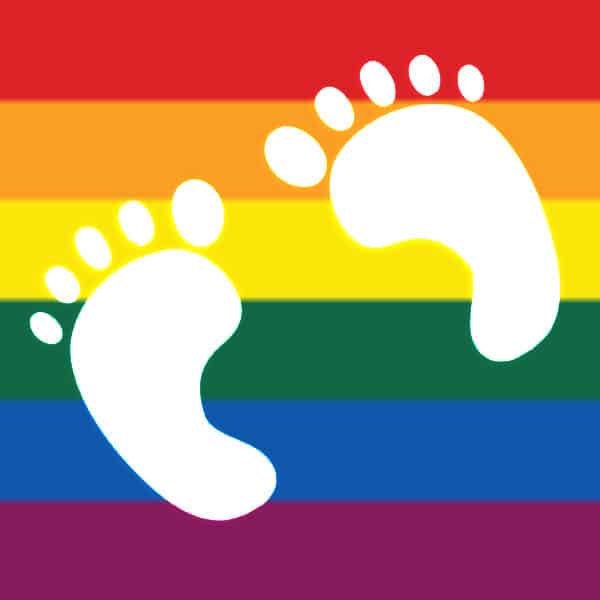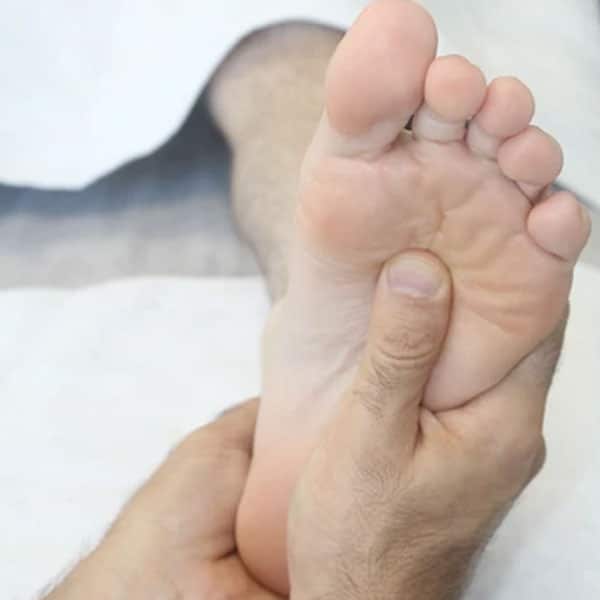Prostatitis – Chronic Inflammation of the Prostate Gland
CPPS – Chronic Pelvic Pain Syndrome
Prostatitis is classified into 4 categories:
1. Acute Inflammation
A condition characterised by acute general infection of the prostate gland. This condition often includes infection of the lower urinary tract and typically presents with symptoms of infection. Prostatic massage fluid in prostatic secretions reveals bacterial growth.
It is important to diagnose and not prolong the situation.
Signs and symptoms:
Key symptoms include high fever, clinical signs consistent with infection, pain radiating to the penis, urinary disturbances including obstructive voiding with large residual urine volumes, weak and intermittent urinary stream, urgency and frequency of urination, and pain during urination.
2. Chronic Inflammation
A condition where the patient complains of pelvic pain without fever. The prostate gland is tender to touch but less so than in category 1. Urine cultures may indicate inflammation, and prostatic massage fluid reveals inflammatory secretions with bacterial growth. These patients typically have a history of recurrent urinary tract infections.
Signs and symptoms:
Increased frequency of recurrent urinary tract infections and positive cultures of prostatic secretions indicate bacterial growth.
3. CPPS – Chronic Pelvic Pain Syndrome
This category is divided into 2 subcategories:
- The first:
Chronic complaints of pelvic pain and associated symptoms with sterile urine cultures and prostatic secretions. However, there may be an abundance of inflammatory cells (white blood cells). - The second:
Symptoms similar to the first subcategory but without any laboratory evidence of infection or inflammation.Signs and symptoms:
The clinical presentation of patients in this category is similar in both subcategories. A key symptom is pain radiating to the penis, which can also radiate to the perineum, lower abdomen, pelvic sides, and lower back. Additionally, pain during ejaculation or after ejaculation, urinary hesitancy, and blockage.The quality of life for patients with this syndrome is significantly diminished, similar to other significant chronic diseases.
4. Asymptomatic patients with evidence of inflammation or infection in prostatic secretions or prostatic tissue biopsied for other reasons, indicating a state of asymptomatic inflammation.
Signs and symptoms:
Incidental findings on laboratory tests or pathology despite the patient having no complaints.
Diagnostic measures:
Rectal examination – the prostate in acute prostatitis is tender and swollen, highly sensitive to touch in this state.
Prostatic massage and attempts to express prostatic secretions should be avoided.
In categories 2-3, a rectal examination may reveal some tenderness to touch.
There is a need to ensure that a urine culture has been taken before performing the examination.
Following the examination, prostatic massage should be performed, followed by another urine sample.
Four-glass test:
Glass 1: Initial urine voiding.
Glass 2: Second urine voiding.
Glass 3: After prostatic massage, collecting prostatic fluid.
Glass 4: Urine after voiding prostatic fluid.
Urodynamic testing – evaluation of urine flow.
Rectal examination of the prostate within the rectum.
Treatment:
- Antibiotics.
- Non-antibiotic therapy – medications that assist in relaxing the bladder neck, aiding urine
flow and reducing urinary reflux into the prostate tissue. - Anti-inflammatory drugs
- Pain killers
- Advanced treatment includes antidepressants and antiepileptic drugs found to be effective
in this condition. - Local treatment – prostatic massage. Used for diagnosis as well as for relaxation and
secretion evacuation. - Pelvic floor physiotherapy – relaxation of the pelvic floor muscles.
- Intrarectal microwave thermotherapy for the prostate – this treatment can provide relief for
patients with significant symptoms that do not respond to standard treatment. - Surgical procedures for relieving obstruction if necessary.
Reflexology treatment:
Reflexology treatments for individuals experiencing Prostatitis and/or CPPS is tailored to each patient’s specific condition, aiming to reduce inflammation, alleviate external pain, and promote relaxation.
This gentle and calming approach involves heating and massaging the pelvic floor through targeted pressure points on the feet.
By stimulating these reflex points, reflexology aims to facilitate the body’s natural healing processes and promote overall well-being.
It is often used as a complementary therapy alongside conventional medical treatments, offering patients a holistic approach to managing their symptoms



